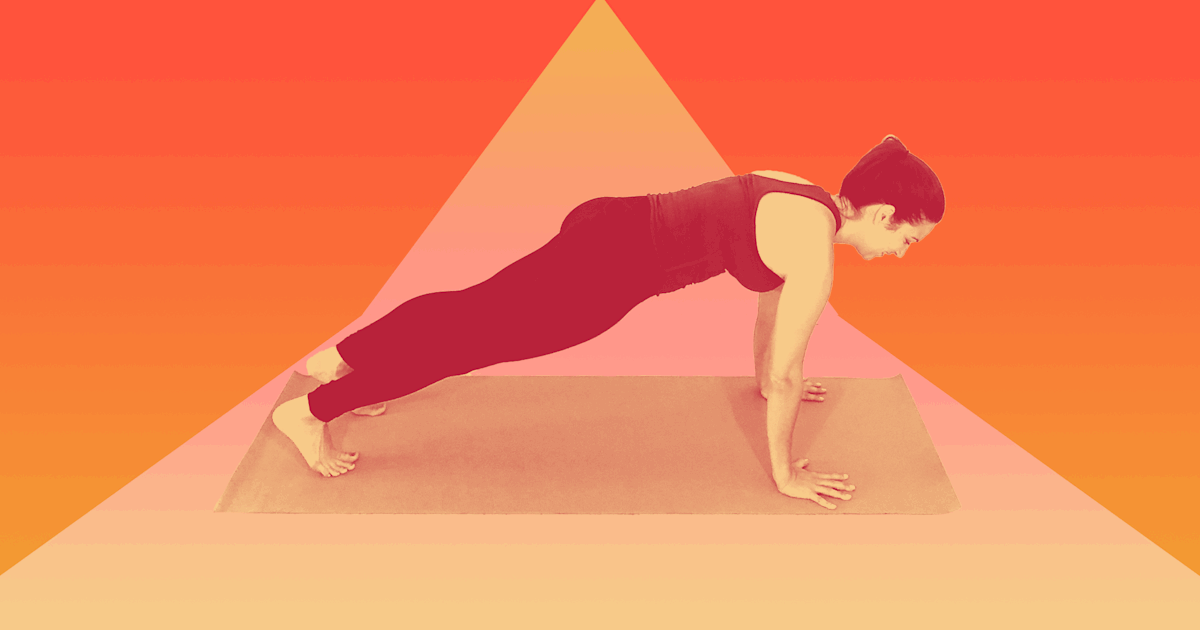Welcome to Start TODAY. Sign up for our Start TODAY newsletter to join the 30-day challenge and receive daily inspiration sent to your inbox.
Yoga has become much more mainstream over the past decade or so. While you once needed to attend a yoga class to see certain poses, they are now incorporated into many types of workouts. Think: as a part of the warm up or cool down during bootcamps and incorporated into ab routines.
Downward dog is one of those yoga exercises that has become a popular move. And for good reason: It is a great exercise to warm up the body and stretch the back.
However, unlike in most yoga classes, performing this move at home or as a part of another exercise program comes with little to no instruction. And while this move is a great one to incorporate into your routine, performing it without mastering the proper form comes with some risk.
Yoga moves require flexibility and if you’re still working on yours, jumping right in to a full downward dog isn’t the best plan of attack. Instead, build up your flexibility with modified versions and complementary exercises in order to ease your way into the full movement.
What are the health benefits of downward dog?
In general, yoga poses improve mental and physical health, helping to calm your mind while strengthening your muscles. Downward dog, more specifically, stretches the entire backside of your body at once, including the back, ankles, calves and hamstrings.
Downward dog is also helpful for relieving back pain, and performing it consistently can release stiffness and tension in the neck and back.
Like many other yoga poses, downward dog is a great move to drop into when you need to relax. It’s a great way to release the tension that builds up after a long day spent staring at a screen or sitting at a desk.
The common mistakes people make when doing downward dog
It may seem simple, but downward dog is a move that requires a lot of attention to detail. I see many of my clients not putting enough…
Read the full article here



